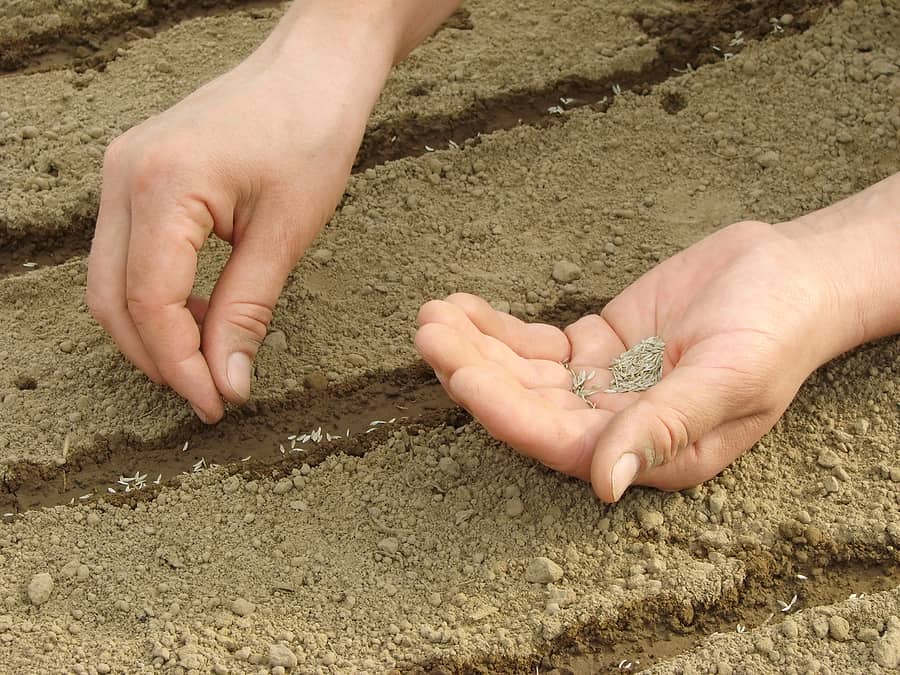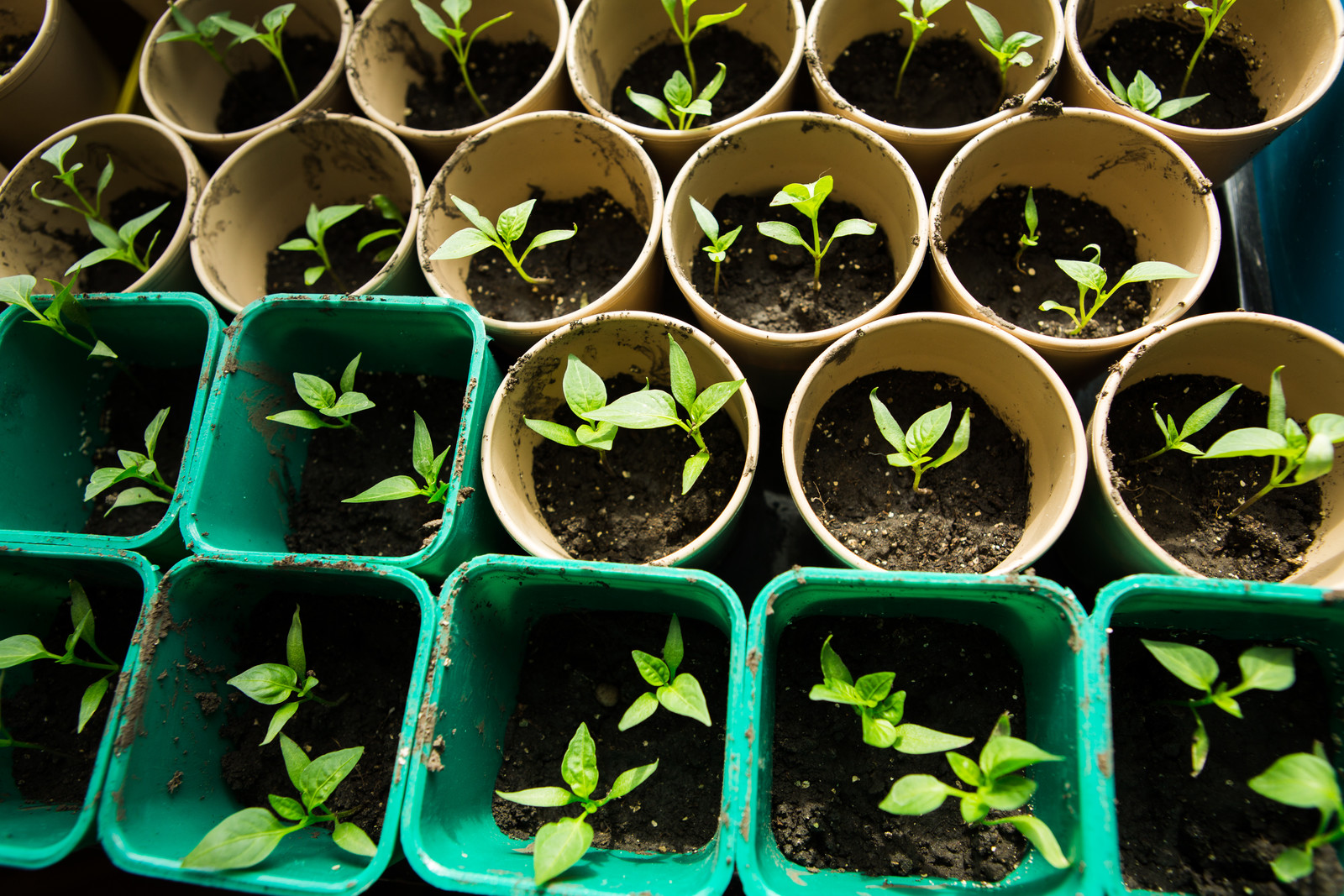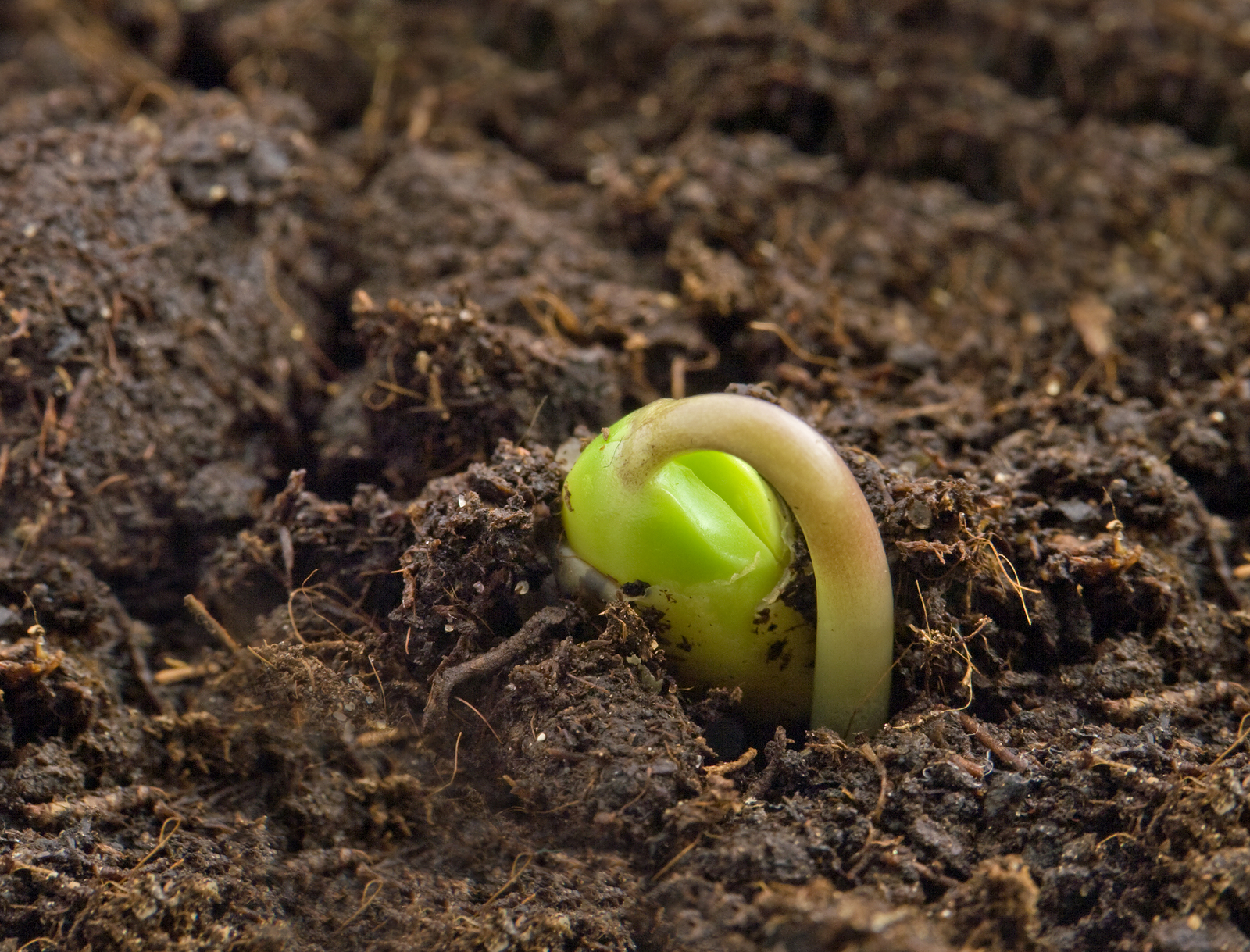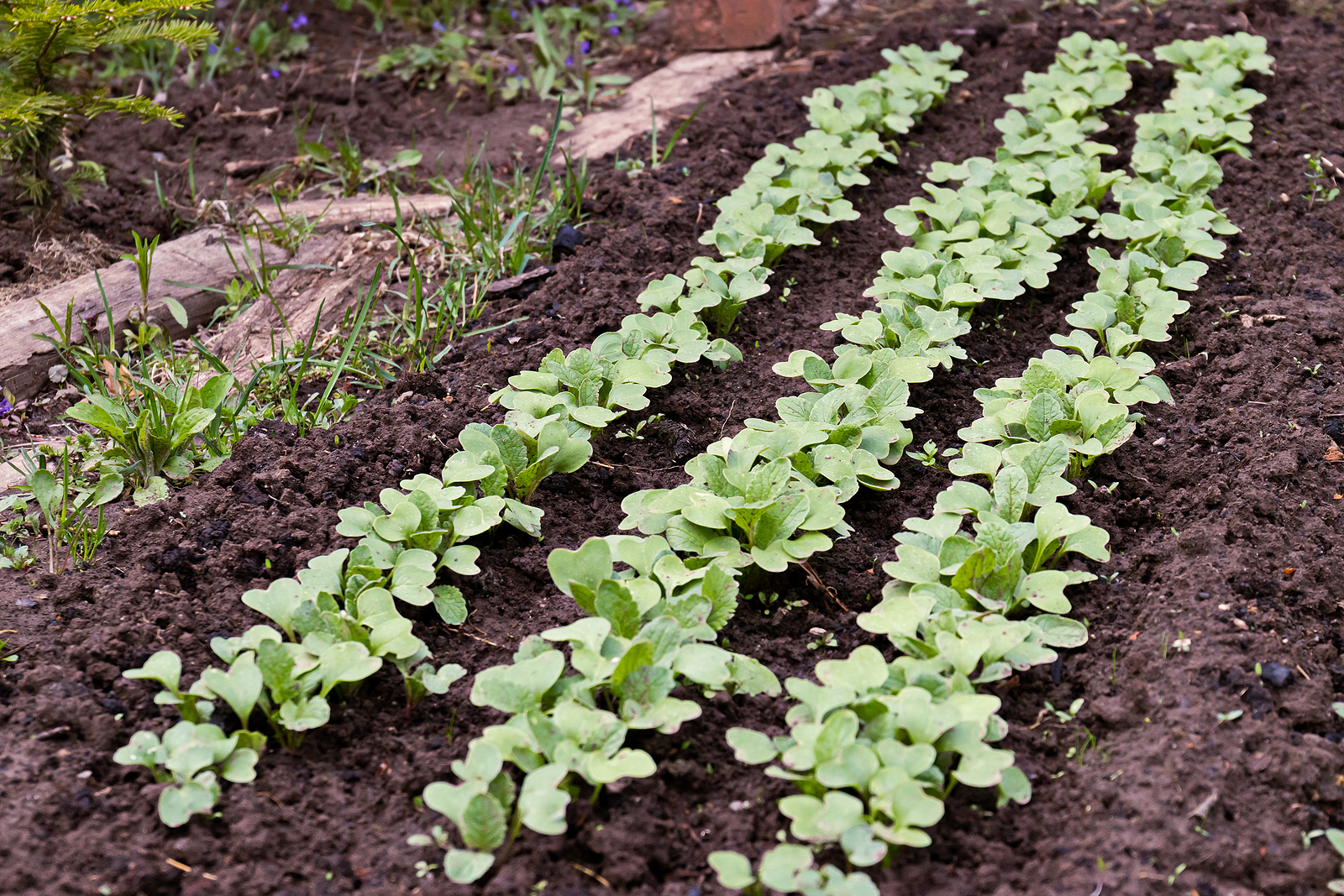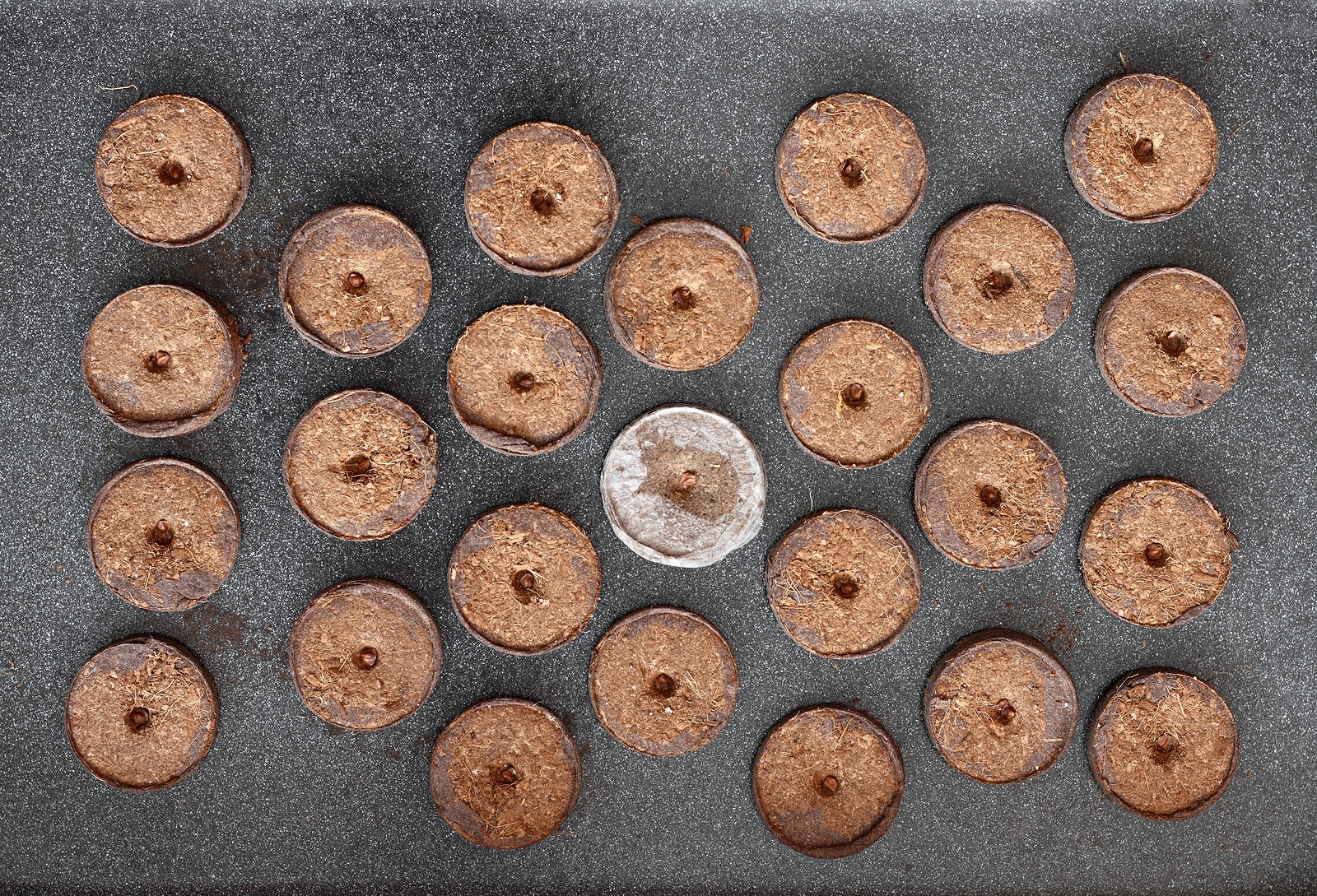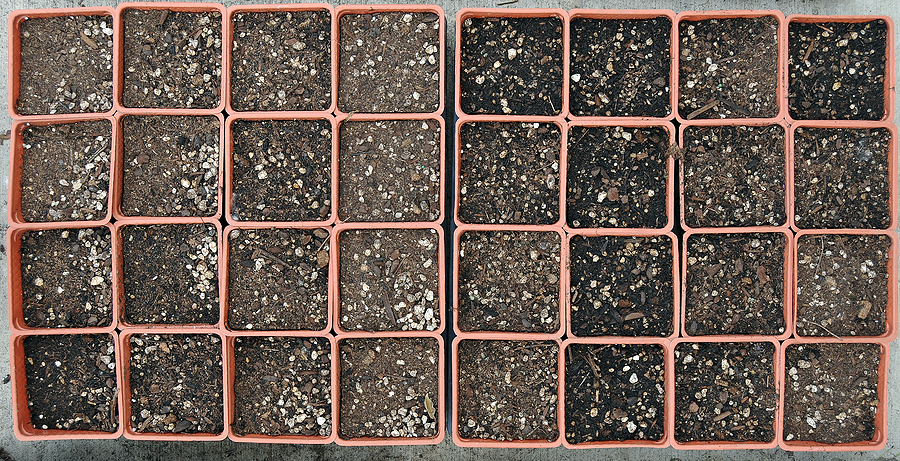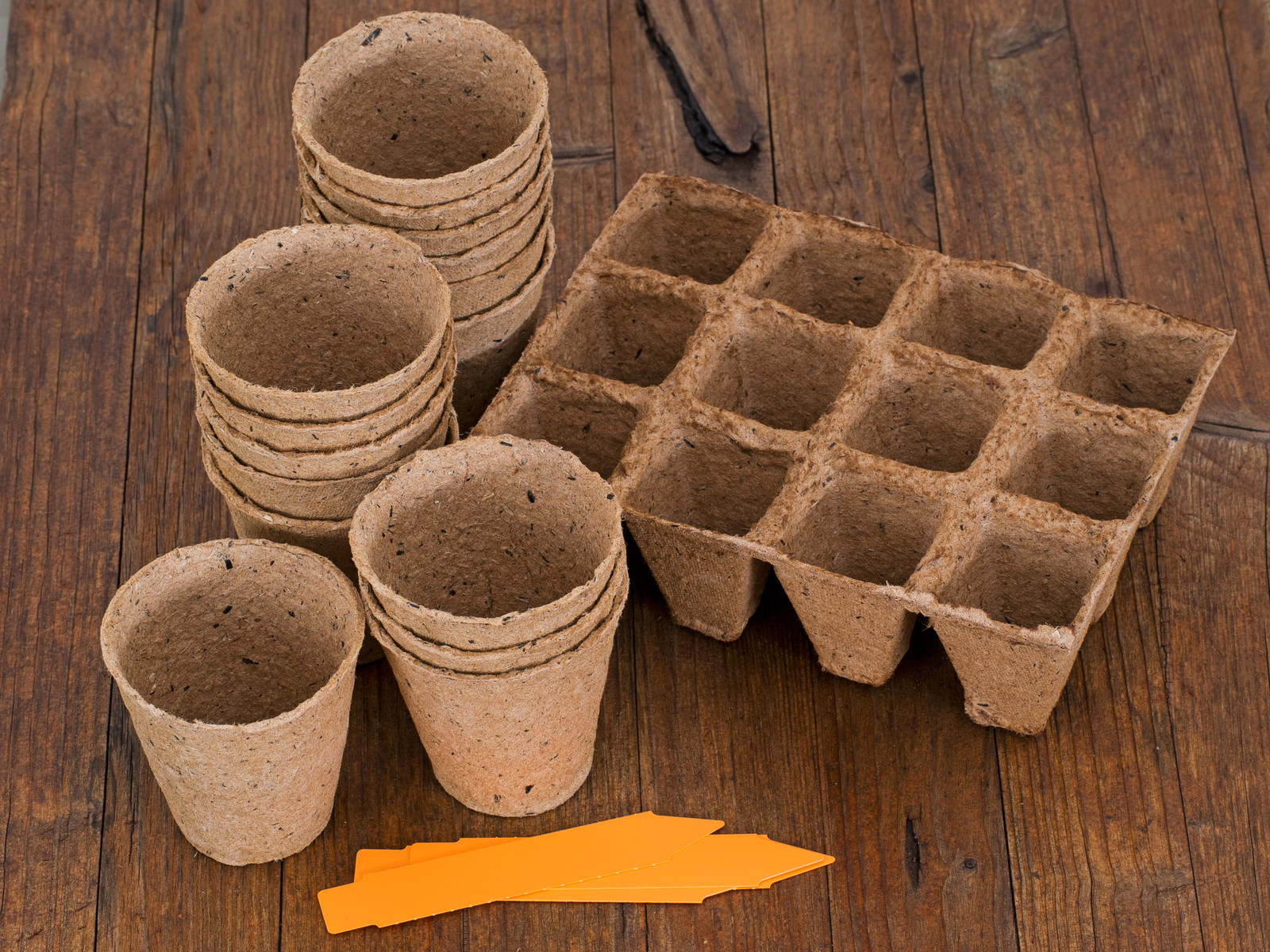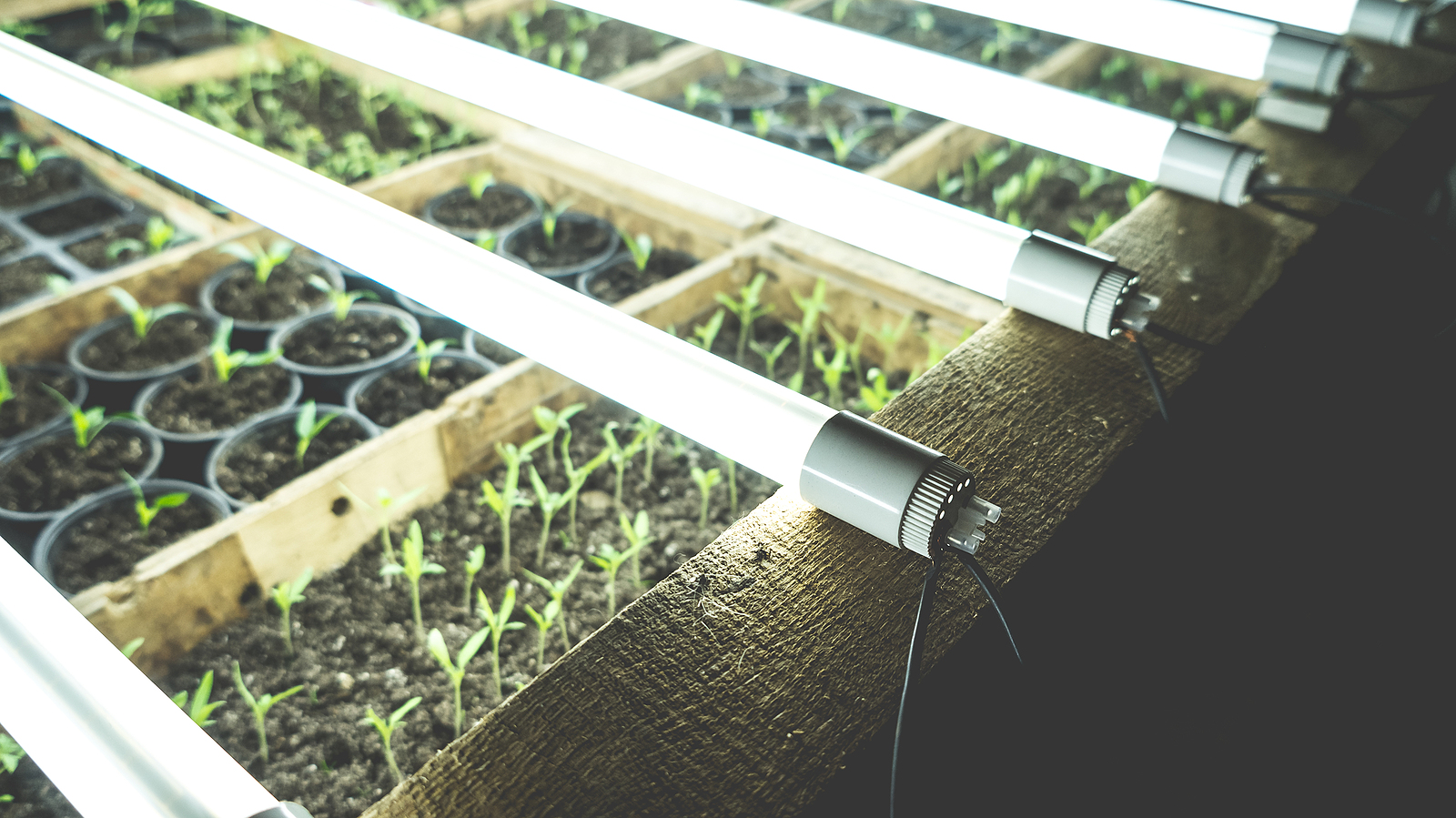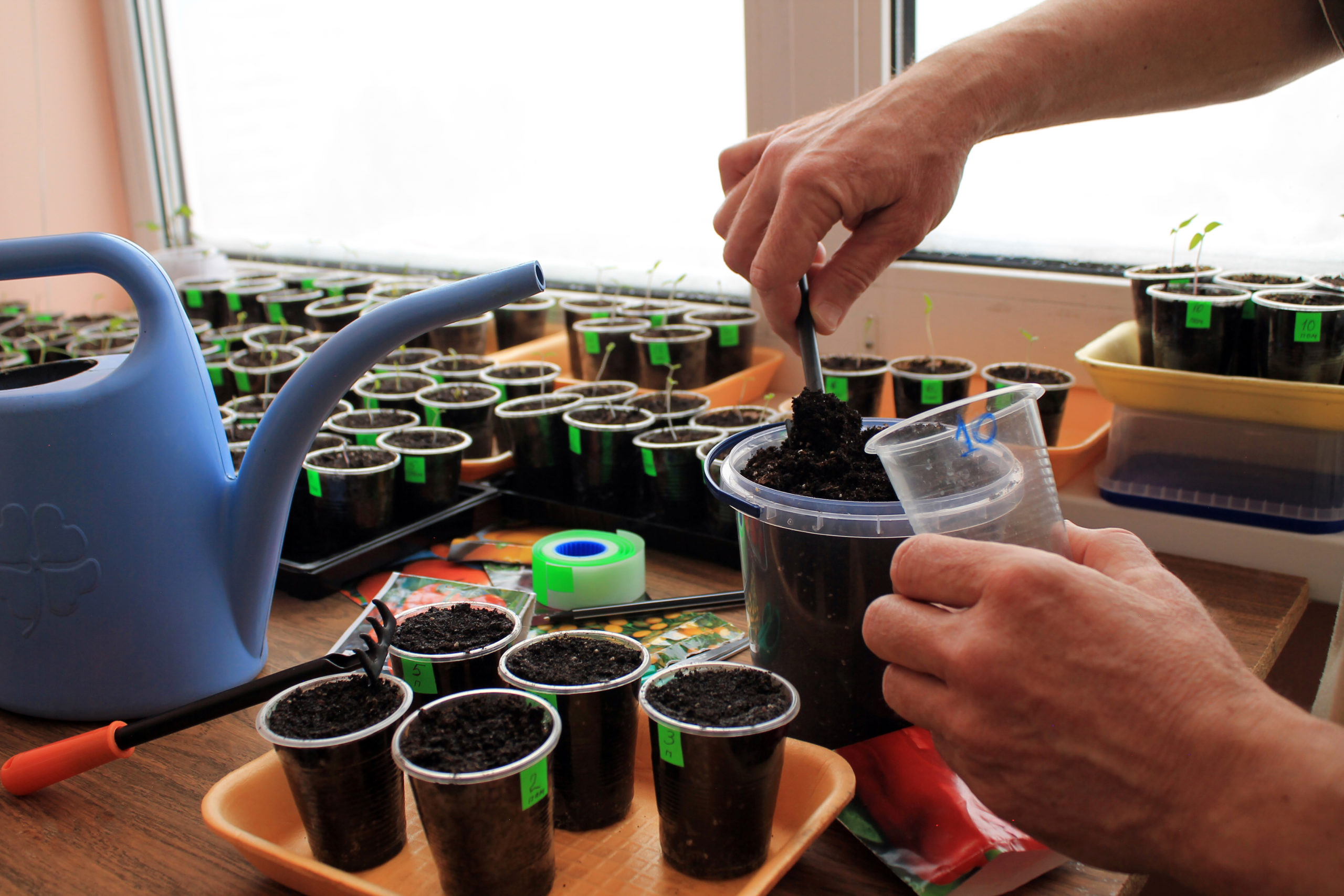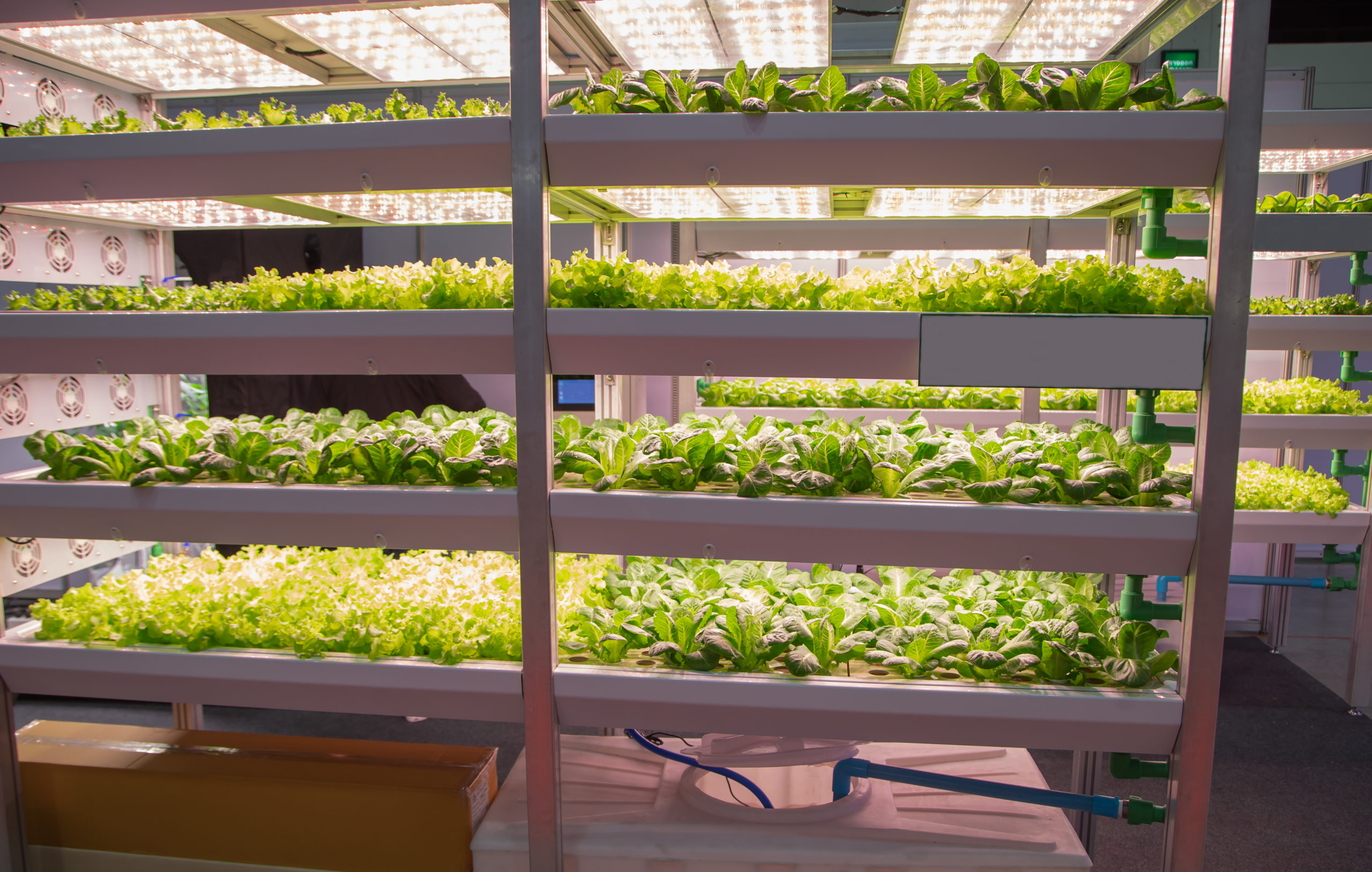Seed Starting
Latest stories
More stories
-
Spring Outdoor Seed-Sowing Schedule
Vegetable seeds can be sown outdoors directly in the garden as soon as the soil is workable in spring. Here’s a test for workable soil: squeeze a handful of soil in the palm of your hand; when you open your hand if the soil remains a cold, wet clump, it is not workable. You should […] More
-
15 Vegetables to Seed Start Indoors
Starting vegetable seeds indoors will give you a head start on the growing season–extend your growing season–and make your garden more productive. Starting seeds indoors eliminates one of the biggest unpredictables of vegetable gardening–poor outdoor germination conditions. Light, temperature, water, nutrients, and spacing are planned and regulated indoors; seeds find it much easier to grow […] More
-
Vegetable Seed Germination
Seeds sprout through a process called germination. Different vegetables have different germination requirements. It’s important to know the germination requirements of the seeds you are planting to ensure success. Germination–depending upon the type of seed–requires just the right conditions for growth–usually an abundant supply of water, an adequate supply of oxygen, and the proper temperature. […] More
-
in Tips
How to Thin Vegetable Seedlings
Thin vegetable seedlings to ensure the full, healthy growth of remaining plants. Crowded seedlings can become stunted and have an increased susceptibility to diseases and pests. When to thin vegetable seedlings Begin thinning as soon as seedlings are large enough to handle. Snip or nip away seedling tops at ground level. The roots you leave […] More
-
Seed and Seedling Failure Troubleshooting
Successful seed and seedlings’ growth depends on moisture, warmth, air, and light. Seeds and seedlings require optimal temperatures, even watering, open-air circulation, and bright light to thrive. When a seed fails to sprout or a seedling fails to thrive there is usually a simple and easily correctable reason. Here are the most common reasons seeds […] More
-
Peat Pellet Buyer’s Guide
Peat pellets are used for seed starting. Peat pellets are compressed disks of dehydrated peat moss and other organic materials. They are used to germinate seeds indoors before transplanting seedlings into the garden. A peat pellet is a self-contained pot and planting medium all in one. When it comes to gardening and horticulture, peat pellets […] More
-
Seed Starting Mix Buyer’s Guide
Seed starting mixes are lightweight soil substitutes used for germinating seeds. Seed starting mixes commonly contain no soil, they are moisture retentive, and they are usually sterile having been exposed to high temperature to kill off bacteria. Seed starting mixes are sometimes called soilless mixes. Having the right seed starting mix can be crucial for […] More
-
Peat Pot Buyer’s Guide
Peat pots are small pots made from compressed peat and wood fiber and sometimes fertilizer. Peat pots are used for starting seeds, usually with sterile soilless mixes. Peat pots are biodegtradable and can be planted directly into the garden when the seedling is ready, avoiding transpant shock as well as the work of repoting. Peat […] More
-
Grow Light Buyer’s Guide
A grow light is an artificial light source that mimics the natural sunlight required for plants to thrive. Grow lights are also known as plant lights or propagation lights. Grow lights are important for indoor seed starting and plant growing. They allow for the growth of a wide range of plants regardless of the available […] More
-
in Almanac, Seed Starting
April Seed Starting Veggies Zone-by-Zone
Here are seed starting tips–both indoors and outdoors–and the schedule for April zone-by-zone. If you are unfamiliar with the USDA zone where you live, look at the minimum annual temperature guideline following each zone. Soil and Seed Starting Mix Getting seed started indoors is essentially the same as sowing seed outdoors directly in the garden. […] More
-
Lights to Grow Plants – Choose The Right Light
To grow vegetables and herbs indoors you will almost certainly need artificial light. Natural light preferably from a south-facing window will always benefit plants growing indoors, but sufficient natural light is not always available indoors. That’s when your plants will need the right artificial light. Plants use light to grow. They convert light into food […] More
-
When to Seed Start Annual Flowers
Most annual flowers are frost-tender. Annual seeds should be sown outdoors after the last average frost date in spring. To get a head start on the season, seeds can be started indoors, and young plants can be set in the garden after the last frost. Young plants of annuals started indoors should be hardened off […] More



